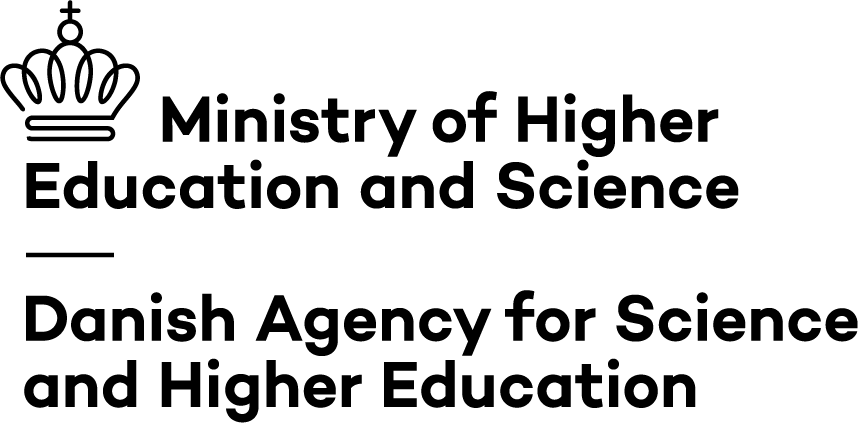Lotte Faurbæk and Hanne-Louise Kirkegaard from the Danish Agency for Science and Higher Education (Styrelsen for Forskning og Uddannelse) answer our questions.
-Your organisation has been supporting DOAJ for some years now. Why is it important for the Danish Agency for Science and Higher Education to support DOAJ?

We regard DOAJ as an authoritative data source on Open Access Journals. We use DOAJ in the Danish Research Indicator to verify the data quality of the journals in our database, which consists of over 300,000 journals (both Opens Access and toll). Additionally, whenever we get a suggestion to accept a new journal to our list of publication channels that should generate points in the indicator, we check the status in DOAJ, to make sure it lives up to the criteria for acceptance. DOAJ is also an important part of the project called “Nordic lists”, which is a project supported by NordForsk, where the Nordic countries with research indicators collaborate to enhance the data quality of their national lists of publication channels.
-What is the Danish Agency for Science and Higher Education doing to support that development? Do you have any exciting projects underway?
In 2014, the Danish Ministry of Higher Education and Science adopted a national strategy for Open Access to research articles from publicly funded institutions. The strategy The strategy has an ambitious goal, stating that already in 2022, 100% of the articles should be freely available via the Internet. Though, the Danish Open Access Indicator showed that only 36 percent of scientific publications produced at Danish universities were Open Access in April 2018. So, we are far from reaching the ambitious target, and a revision of the strategy – including scaling down the Open Access targets – is under way.
-What are your personal views on the future of Open Access publishing?
I think it is an irreversible trend. Though, the transition towards 100 pct. Open Access will happen at a slower pace than aimed for in the EU. In the EU Council Conclusions on Open Science the OA target is 100 pct. OA in 2020. Full OA will probably not happen at the speed desired due to a lot of reasons. Some of the reasons are: different Open Access approaches in EU member states and third countries – green, hybrid, green etc. -, the current lack of merit of OA compliance, the reluctance among publishers towards green Open Access, including big publishers imposing extraordinary long embargoes on scientific articles – 24 months or more.
– What do you think that the scholarly community could do to better support the continued development of the Open Access movement in the near future?
· The rationale behind Open Science/Open Access must be communicated better to the public, and OA should be a political priority – both at national and institutional level.
· National and institutional policies on Open Access must be adopted, implemented, monitored and enforced.
· Change of culture among researchers towards openness is needed and could be supported by a change of the current merit system
· Research funders must mandate and monitor OA
· Universities must unite and collectively negotiate economically sustainable subscription deals – including OA – with the publishers (bargaining power).
– Much has been said recently about whether open access is succeeding or failing, particularly in terms of the original vision laid out by the Budapest Open Access Initiative in 2002. Do you think that open access has fallen short of this vision, or has it surpassed expectations?
I think we are under way, but not as fast as one could hope. More needs to be done, as we said in the previous question.

I totally agree on the point: National and institutional policies on Open Access must be adopted, implemented, monitored and enforced.